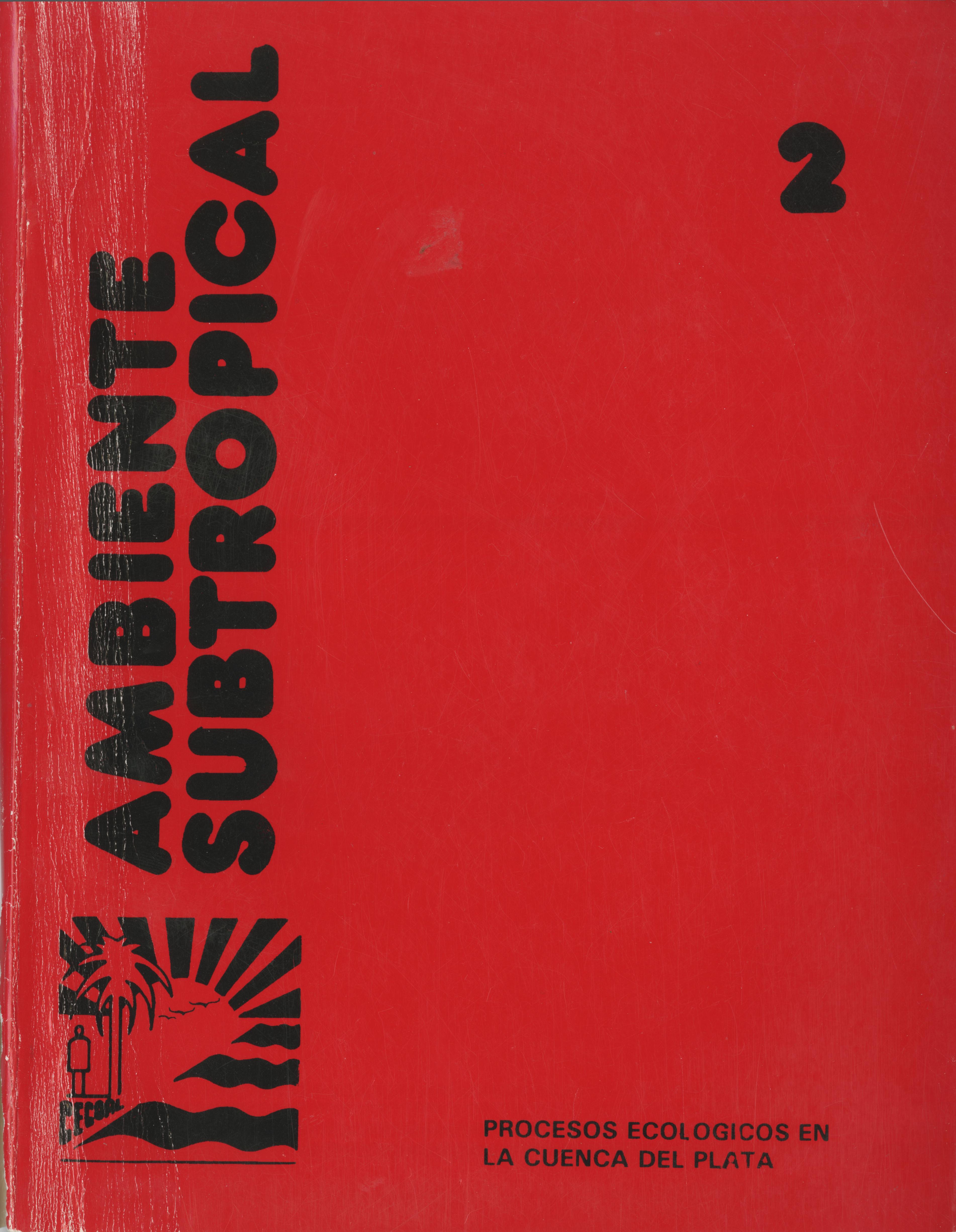Invertebrados asociados a los macrófitos sumergidos de los esteros del Iberá (Corrientes, Argentina)
Resumen
The Iberá system is a waterlogged flatland of 12,000 km2 with several shallow lakes sourrounded by extensive cattail, bulrushed and reedswamps. The area occupied by macrophytes covered about 50% of the total lake area. This contribution reports the quantitative characteristics and the taxonomic
structure of invertebrates associated with five plant species of sumerged macrophytes. Seasonal samples Mere collected with a net of 962 cm2 in area and 125 µm mesh size. The total density of invertebrates showed significant differences in the different species of macrophytes: Cabomba australis, Egeria naias, Ceratophyllum deaersua, Potaangeton sp. y Najas marina. The
most abundant groups were Oligochaeta (particulary in summer time) and Insecta (Quironomidae). The mayority of the invertebrate species occured on most of the plant species, but some were abundant in sedimenta with large deposita of organic matter. As regards the food source and feeding mechanism, the col lectora gatherers or filterers predominated, followed by predatory.


